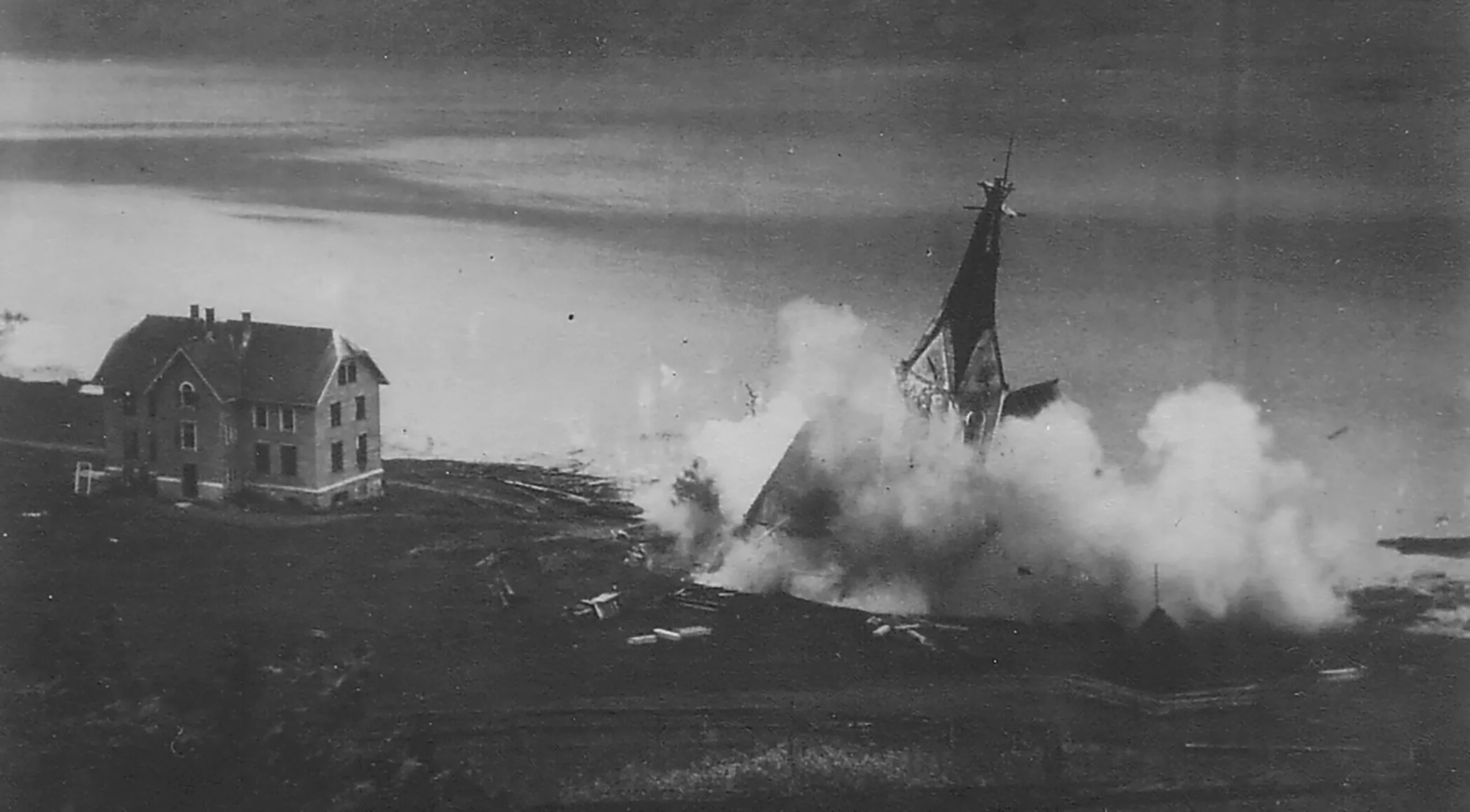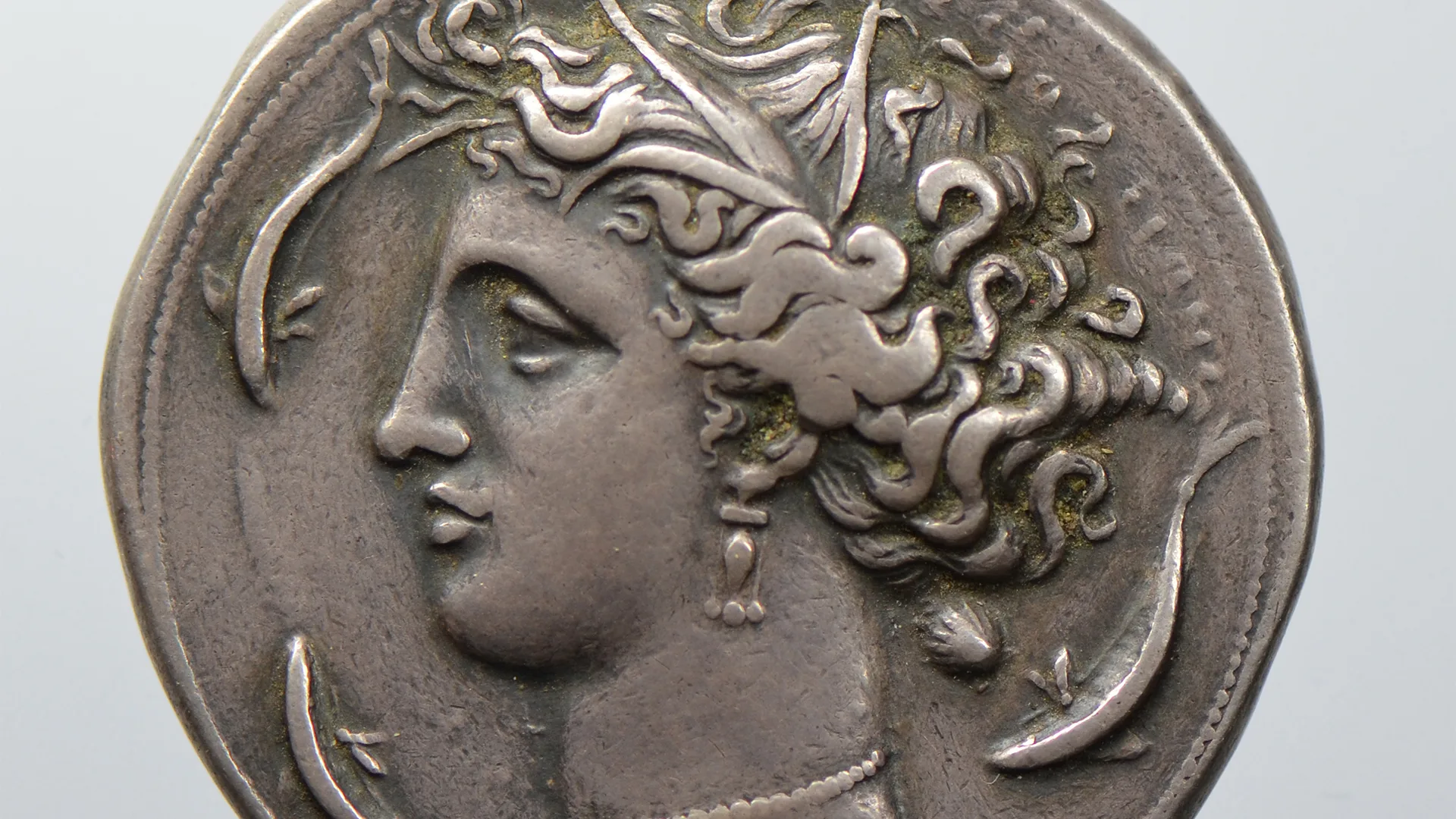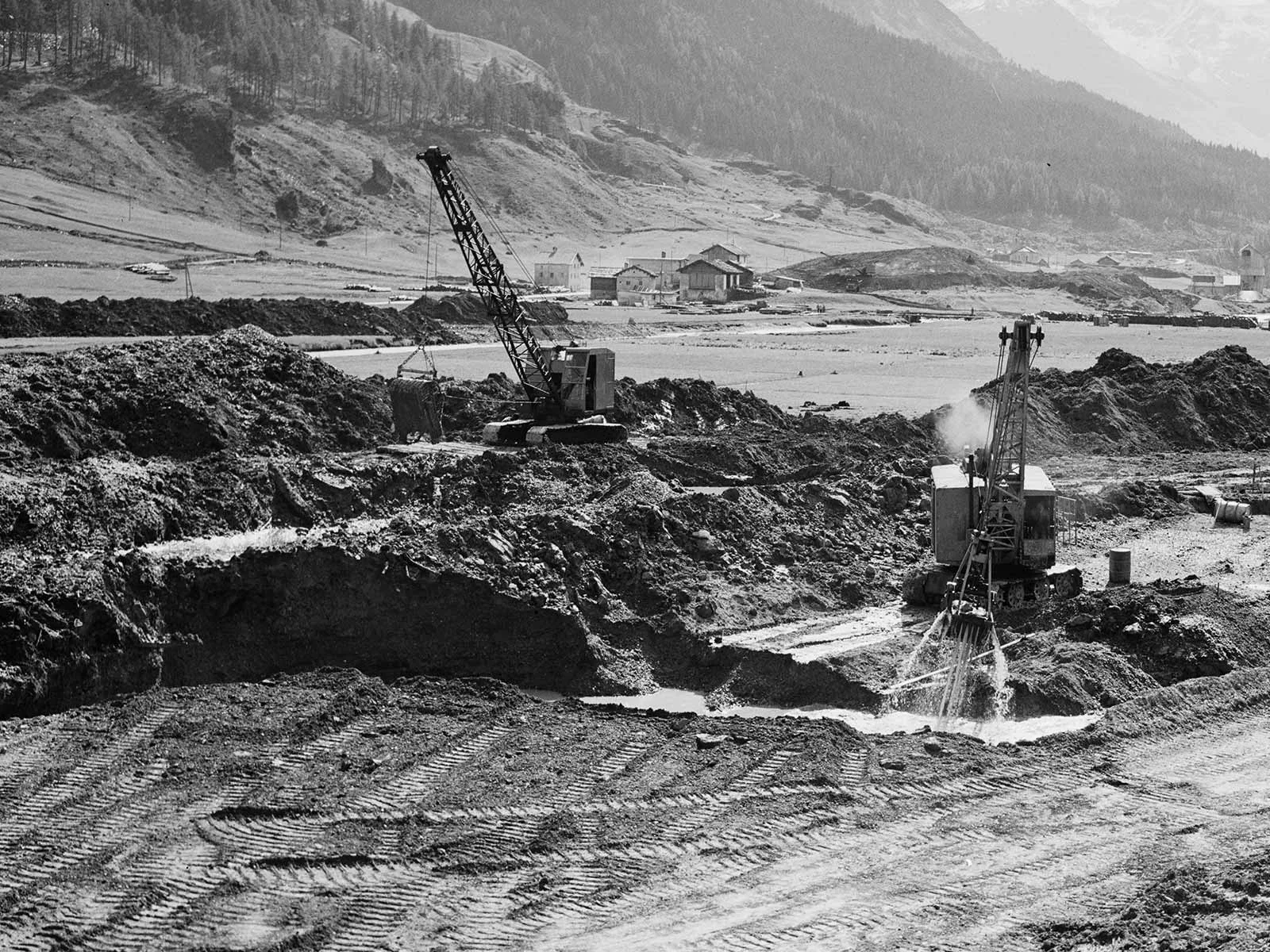
A village disappears underwater
Which is better: getting an income and supplying energy for a distant city, or keeping your home and living in poverty? In the Graubünden village of Marmorera the verdict, reached democratically, was clear. Zurich needed electricity, and many of the villagers needed money. And so, in the middle of the 20th century, the town disappeared under the waters of a reservoir.
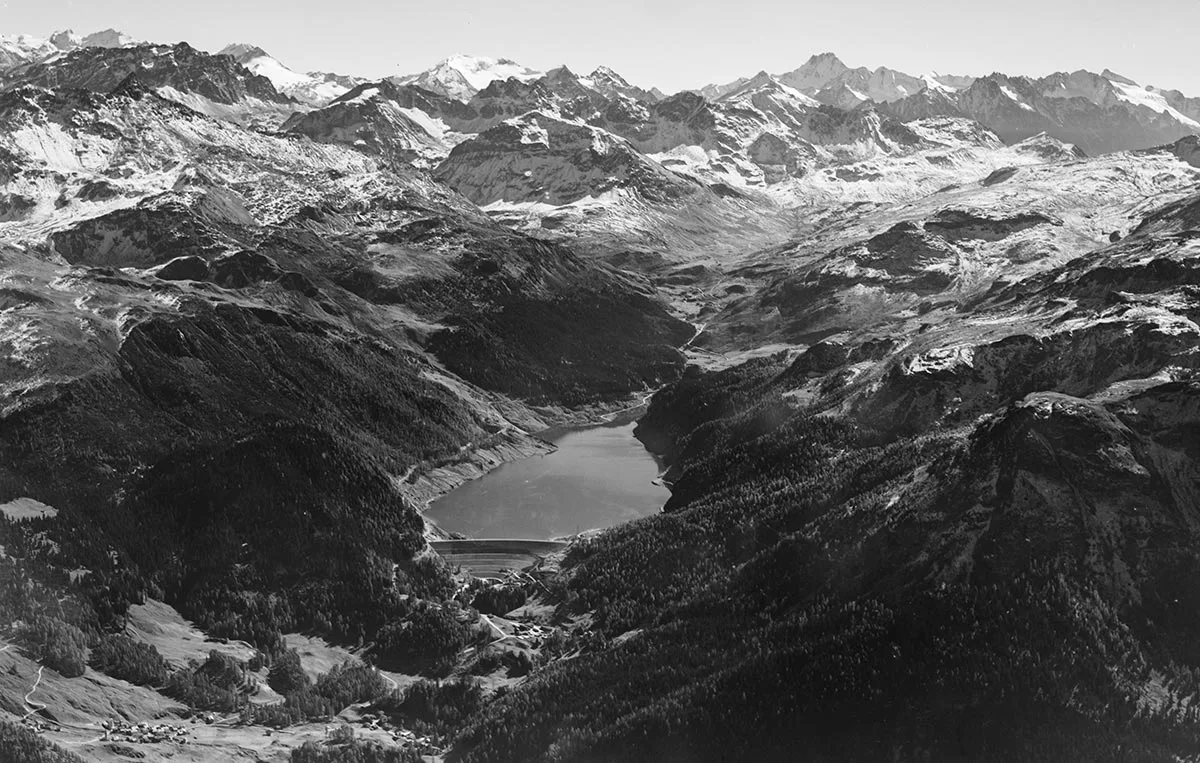
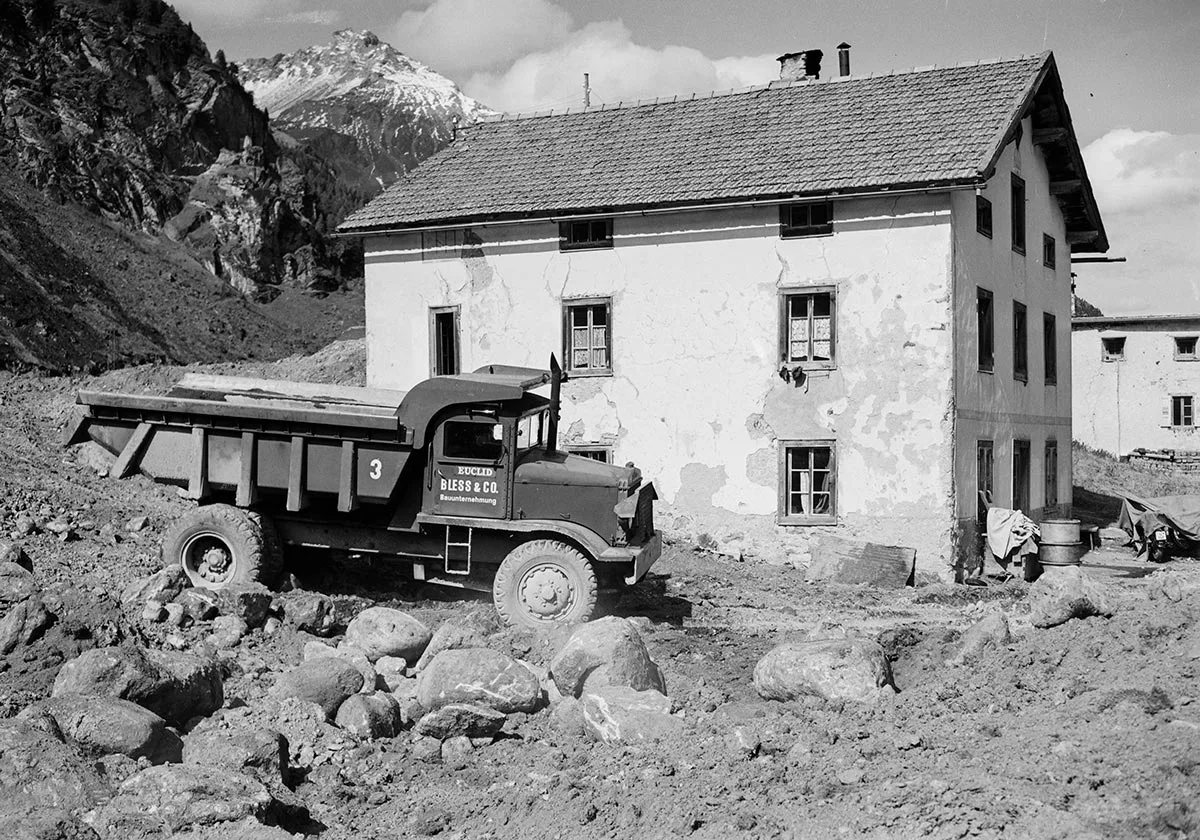
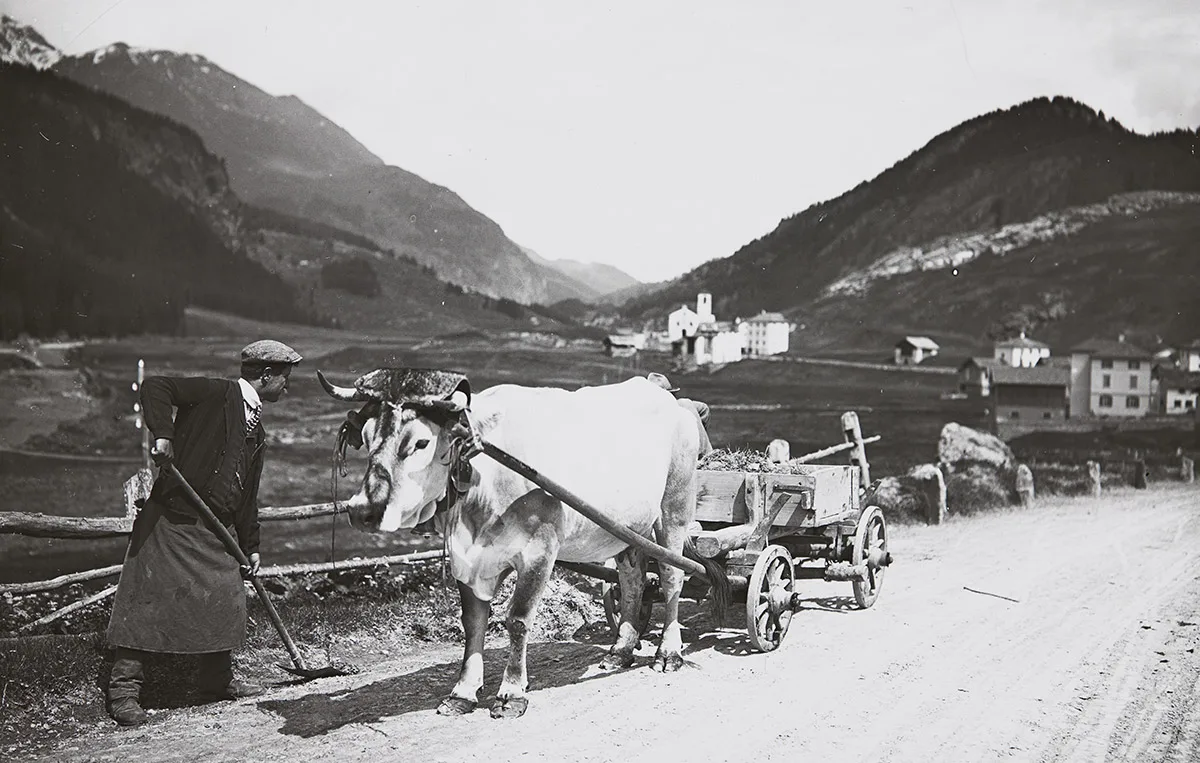
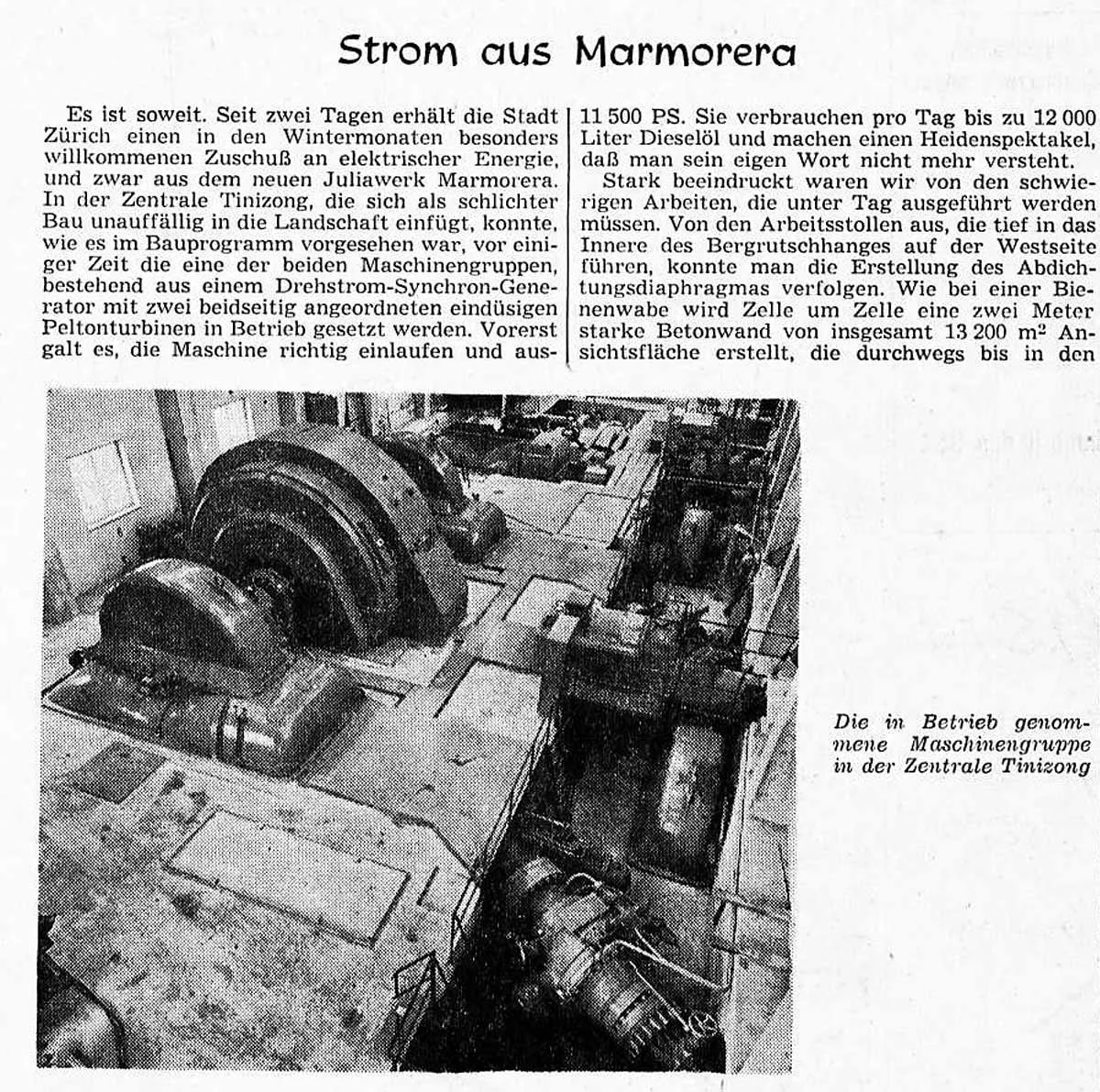
Dive in the reservoir of Marmorera. YouTube

